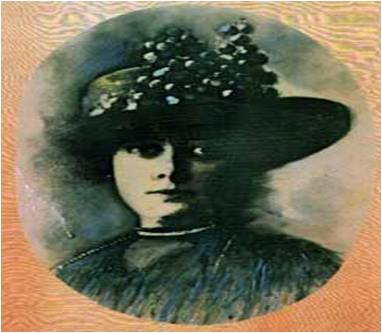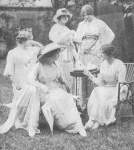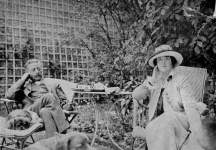Dining Titanic-Style
/Of all the shipboard activities, passengers on the RMS Titanic enjoyed mealtimes the most. Even those traveling in first class, many of whom were accustomed to lavish dinners and excellent service on other Atlantic crossings, claimed the Titanic had outdone all other ships when it came to making her passengers feel extra-pampered. The food served was delicious, fresh, and plentiful for all three classes. But part of the excitement about the meals had to do with the dining rooms themselves. Those traveling in first class were signaled by a bugle when it was time to dress for dinner. The bugler played the tune, “Roast Beef of Old England”. Men and women would head for their cabins to dress in their finest, then gradually drift into the Grand Dining Saloon via the first class Reception Room, near the Grand Staircase. The word ‘saloon’ comes from the French word salon, meaning a spacious and elegant room.
Titanic's First Class Dining Saloon
The dining saloon was the largest of any room on any ship at the time and seated over 500. At 114 feet long and 92 feet wide, it extended across the center of the ship from port to starboard. The room had leaded glass windows, an elaborate molded plaster ceiling, plush carpet, and green leather chairs surrounding white linen-covered tables. Breakfast, lunch, and dinner were each served on china in a different pattern, all bearing the red flag of the White Star Line in the center. Most dinners consisted of eleven courses and were served on silver platters by the attentive and gracious dining stewards. The eight-piece orchestra split up during dinner and played for first and second class passengers.
"Fancy strawberries in April and in mid-ocean. The whole thing is positively uncanny."
Lady Duff-Gordon, first class passenger
Those in second class were also alerted by the bugle. Their dining saloon was nearly as large as the one for first class, also extending across the width of the ship. When seeing the room for the first time, many second class passengers thought they had wandered into first class by mistake. The room was paneled in oak and had over 500 swivel chairs upholstered in red, bolted to the floor. Second class had their own white china, trimmed in blue and boasting the red WSL flag.
Second Class Dining Saloon
In third class, meals were served in two adjoining rooms at two seatings in order to accommodate over 700 passengers. Bright white enamel walls and plenty of windows overlooking the ocean made the rooms pleasant, but they were otherwise sparsely decorated. Passengers enjoyed hearty, multi-course meals served on simple White Star Line china. Fresh bread and fruit was available at every meal, a luxury to many traveling in third class.
Dining Room for Third Class








